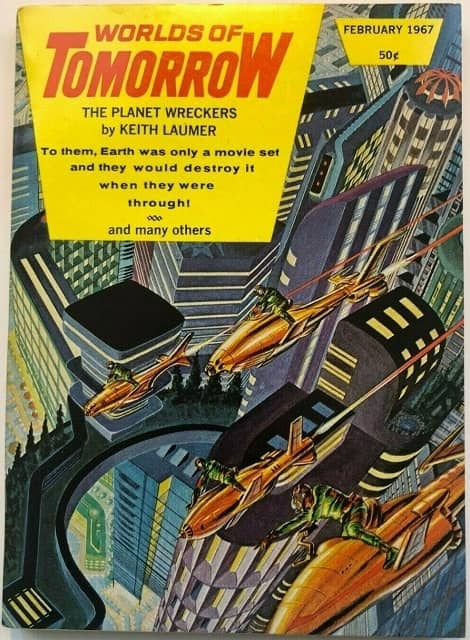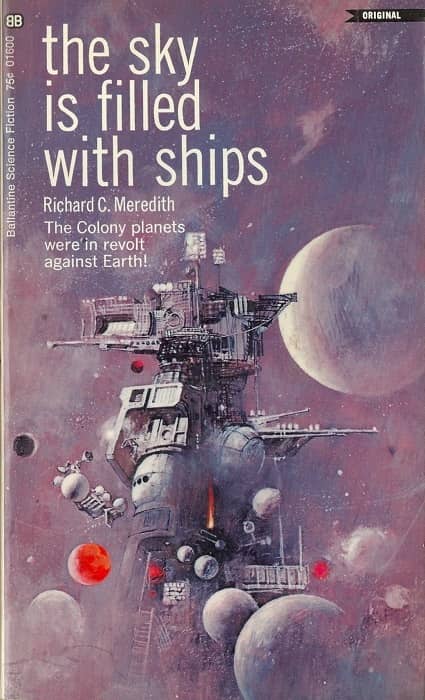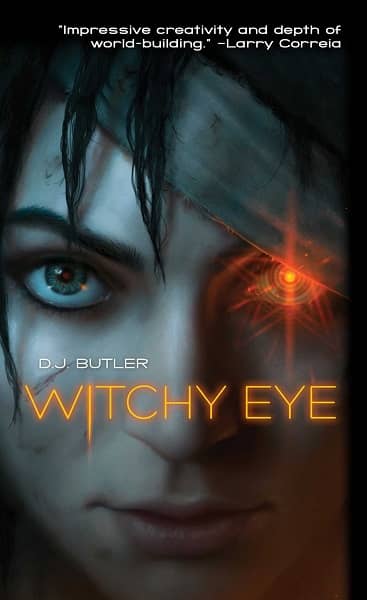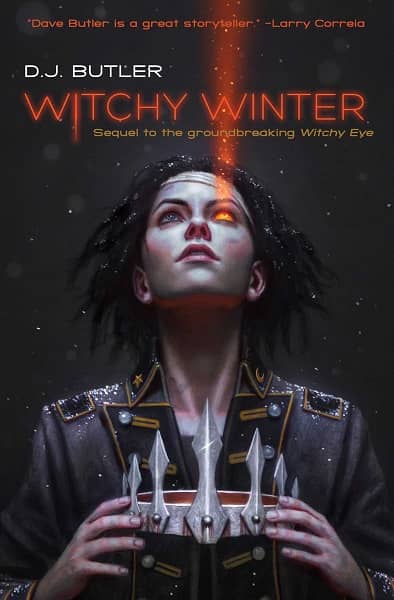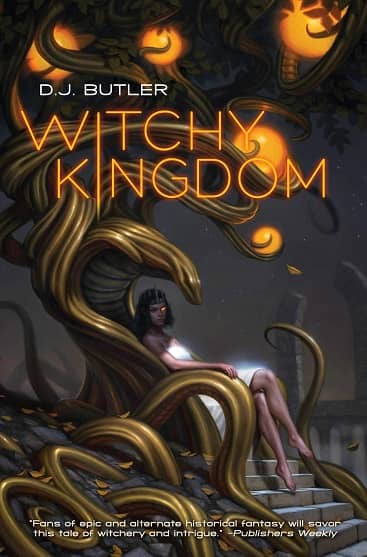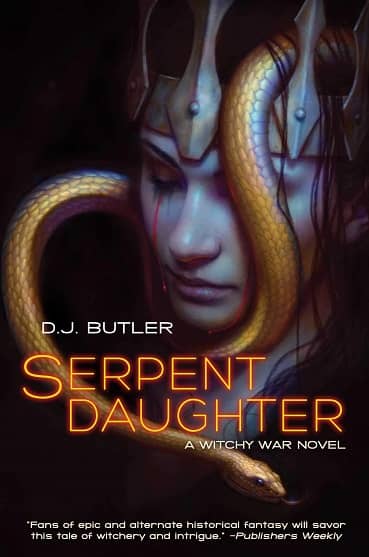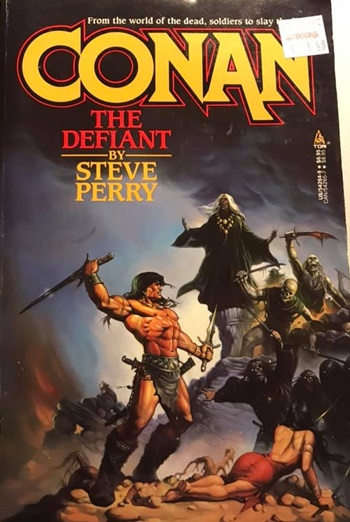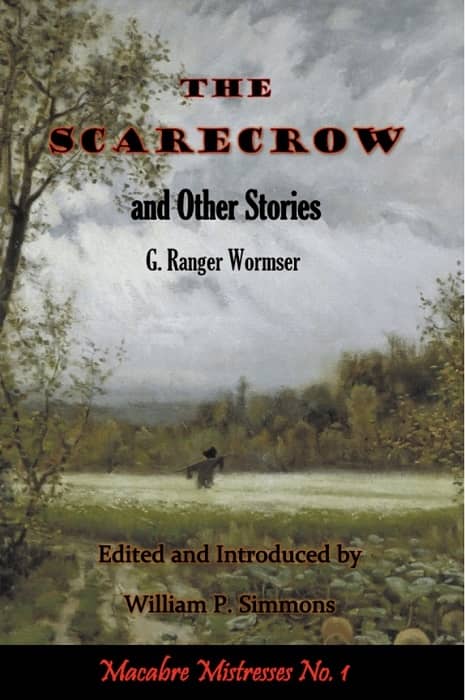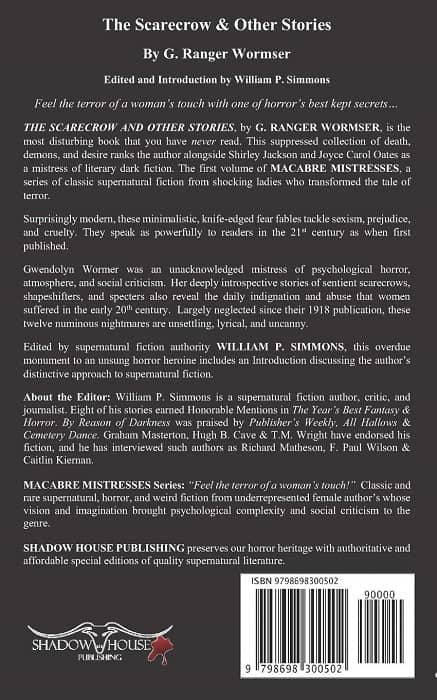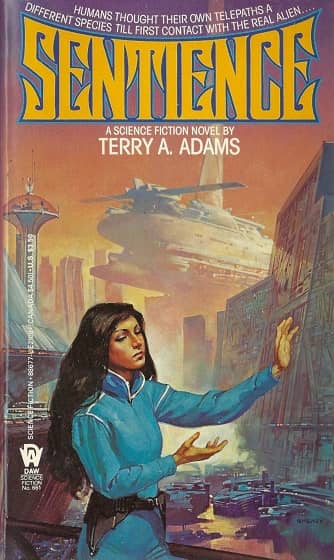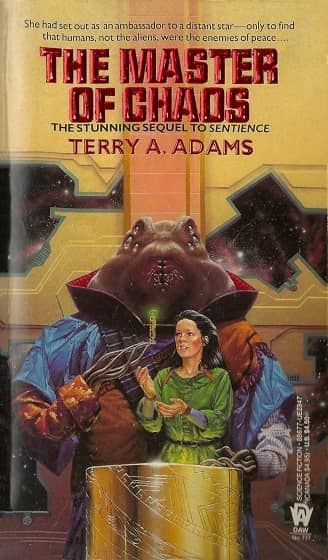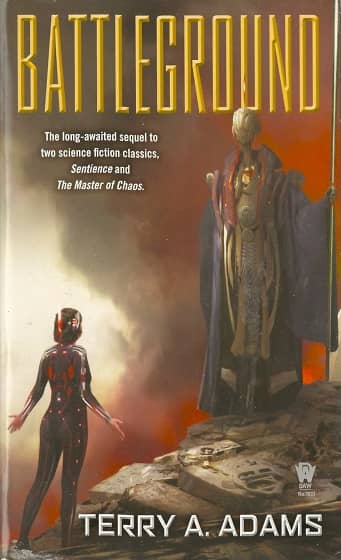New Treasures: The Space Between Worlds by Micaiah Johnson
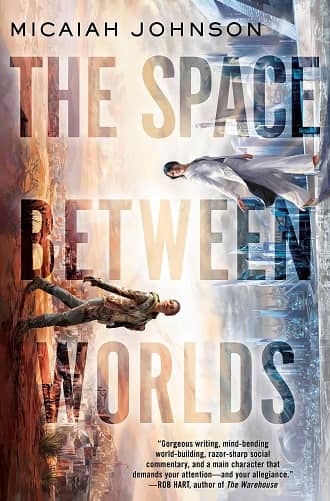 We’re nearing the end of 2020 and like most of you, all I can think is, man. Good riddance.
We’re nearing the end of 2020 and like most of you, all I can think is, man. Good riddance.
There were a few highlights, of course. As always there were a number of exciting debuts, and that cheered me up a little. One of the most talked about SF debuts of 2020 has been Micaiah Johnson’s The Space Between Worlds, named one of the Best Books of the Year by Library Journal, NPR, and Book Riot.
In The New York Times, Black Gate blogger emeritus Amal El-Mohtar says the word ‘debut’ “is utterly insufficient for the blazing, relentless power of this book, suggesting ballroom manners where it should conjure comet tails… this tale is profoundly satisfying… The book remained two steps ahead of my imagination, rattling it out of complacency and flooding it with color and heat.”
That sounds pretty good to me. Here’s the description.
Multiverse travel is finally possible, but there’s just one catch: No one can visit a world where their counterpart is still alive. Enter Cara, whose parallel selves happen to be exceptionally good at dying — from disease, turf wars, or vendettas they couldn’t outrun. Cara’s life has been cut short on 372 worlds in total.
On this dystopian Earth, however, Cara has survived. Identified as an outlier and therefore a perfect candidate for multiverse travel, Cara is plucked from the dirt of the wastelands. Now what once made her marginalized has finally become an unexpected source of power. She has a nice apartment on the lower levels of the wealthy and walled-off Wiley City. She works — and shamelessly flirts — with her enticing yet aloof handler, Dell, as the two women collect off-world data for the Eldridge Institute. She even occasionally leaves the city to visit her family in the wastes, though she struggles to feel at home in either place. So long as she can keep her head down and avoid trouble, Cara is on a sure path to citizenship and security.
But trouble finds Cara when one of her eight remaining doppelgängers dies under mysterious circumstances, plunging her into a new world with an old secret. What she discovers will connect her past and her future in ways she could have never imagined — and reveal her own role in a plot that endangers not just her world but the entire multiverse.
The Space Between Worlds was published by Del Rey on August 4, 2020. It is 322 pages, priced at $28 in hardcover and $13.99 in digital formats.
See all our coverage of the best new releases in SF & fantasy here.
